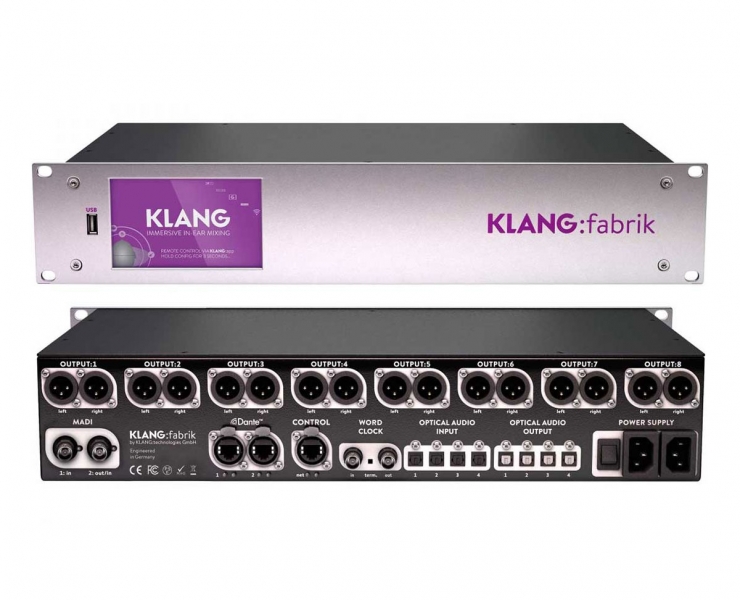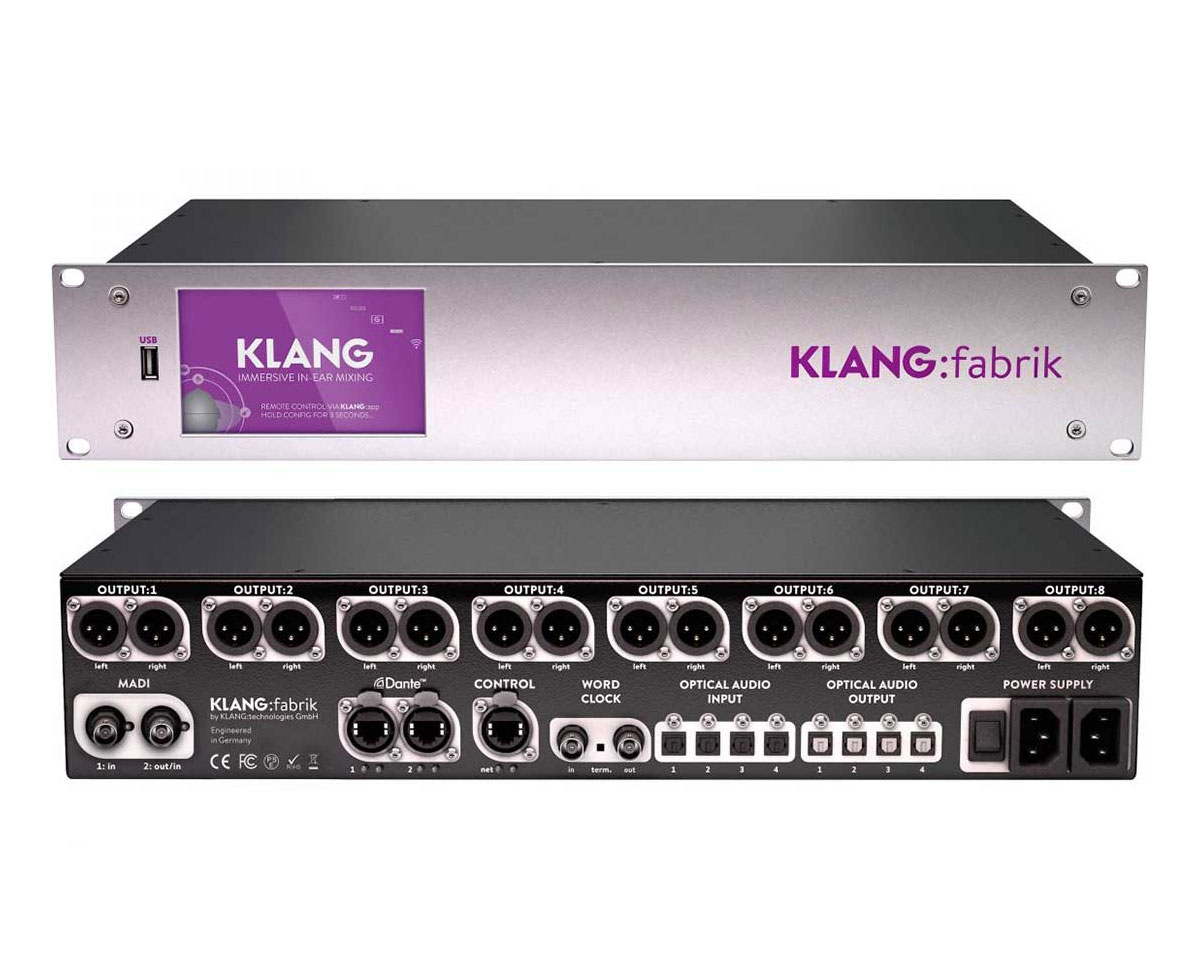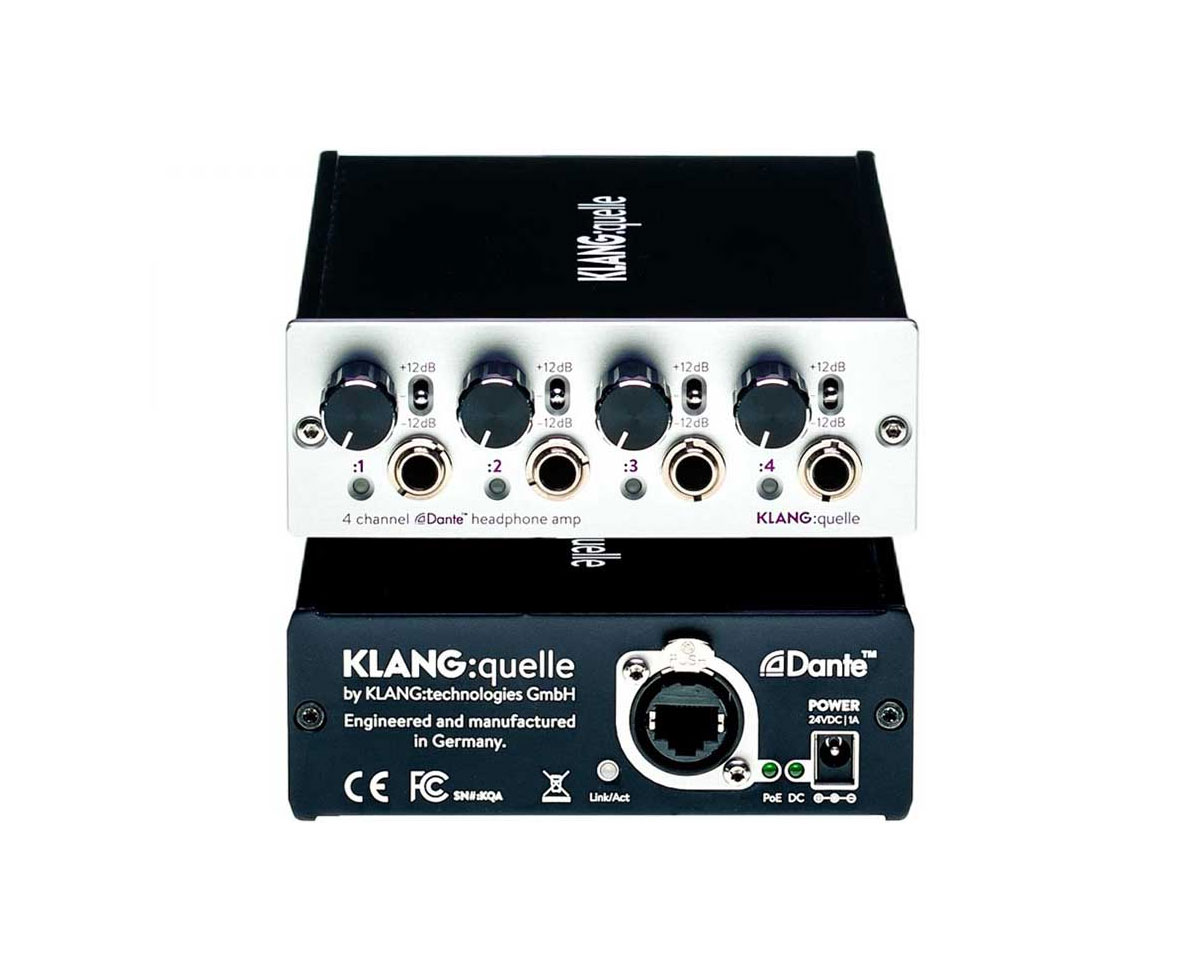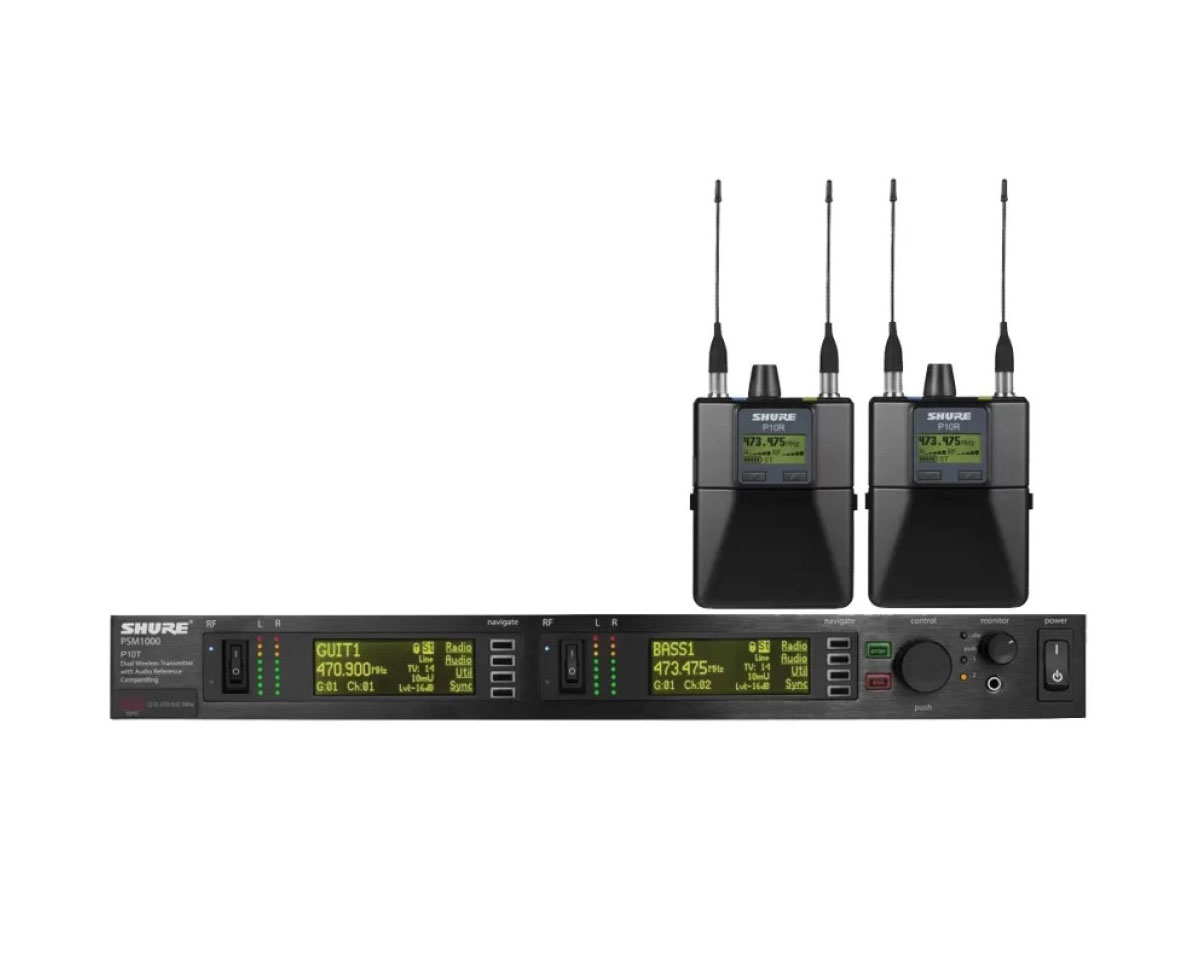used in ear monitor system

|
In the world of professional audio, having a reliable and effective ear monitor system is crucial to achieving the best possible sound quality. An ear monitor system is a device that allows musicians, sound engineers, and producers to monitor their audio in real-time while performing or recording. This system provides them with a clear and accurate representation of the sound they are producing, allowing them to make adjustments as necessary. In this article, we'll explore the benefits of using an ear monitor system, the basic components of such a system, the different types available, and the key features to consider when selecting one. Additionally, we'll discuss some of the top tools and technologies used by professionals in the industry, including digital signal processing, wireless transmission, and noise-cancelling, among others.
Benefits of using an ear monitor systemOne of the primary benefits of using an ear monitor system is that it allows musicians to hear themselves and their bandmates accurately while performing on stage. This is particularly important in large venues where the sound can be distorted or lost due to poor acoustics. An ear monitor system ensures that each musician can hear their own instrument and vocals clearly, enabling them to play in time and in tune with each other. This not only results in a better performance but also reduces the risk of hearing damage caused by exposure to loud sounds. In addition to live performances, ear monitor systems are also used in recording studios to provide musicians and producers with a clear and accurate representation of the sound they are producing. This allows them to make adjustments to the mix and achieve the desired sound quality. Ear monitor systems are also useful in situations where ambient noise levels are high, such as in outdoor concerts or festivals. They provide a way for musicians to hear themselves and their bandmates over the noise of the crowd, ensuring a great performance. Another benefit of using an ear monitor system is that it allows musicians to move freely on stage without being tethered to a monitor speaker. This is particularly useful for guitarists and other instrumentalists who need to move around while performing. It also reduces the clutter on stage, making it easier for performers to focus on their music. Basic components of an ear monitor systemAn ear monitor system typically consists of three main components: the earphones, the transmitter, and the receiver. The earphones are inserted into the musician's ears and provide the sound directly to them. The transmitter is connected to the mixing console or other audio source and sends the audio signal wirelessly to the receiver. The receiver is worn by the musician and receives the audio signal from the transmitter, which is then sent to the earphones. Earphones used in ear monitor systems are typically designed to be comfortable and provide a good seal in the ear canal. This helps to block out external noise and ensures that the musician can hear the audio signal clearly. The transmitter and receiver are usually battery-powered and can operate for several hours on a single charge. |
 |
Types of ear monitor systems - wired and wirelessEar monitor systems are available in both wired and wireless configurations. Wired systems are typically less expensive and provide a reliable connection between the transmitter and receiver. However, they can be cumbersome to set up and can restrict the movement of musicians on stage. Wireless ear monitor systems are more expensive but offer greater freedom of movement and flexibility. They use radio frequencies to transmit the audio signal from the transmitter to the receiver, allowing musicians to move around freely on stage. However, wireless systems can be susceptible to interference from other devices and can experience dropouts or signal loss if not set up correctly. Key features to look for in an ear monitor systemWhen selecting an ear monitor system, there are several key features to consider. The first is the number of channels available. This determines how many separate audio signals can be transmitted simultaneously. For larger bands, it's essential to have a system that can handle multiple channels to ensure that each musician can hear their own instrument and vocals. Another important feature is the frequency range of the system. This determines the range of frequencies that can be transmitted and received. A wider frequency range allows for more detailed and accurate sound reproduction, which is particularly important for musicians who play instruments with a wide frequency range, such as bass guitar or drums. Battery life is also an important consideration, particularly for wireless ear monitor systems. Longer battery life ensures that the system can operate for an entire show or recording session without needing to be recharged. Tips for using an ear monitor system effectivelyTo get the most out of an ear monitor system, it's important to use it correctly. The first step is to ensure that the earphones are inserted correctly and provide a good seal in the ear canal. This helps to block out external noise and ensures that the audio signal is heard clearly. It's also important to adjust the volume of the earphones to a comfortable level. While it's tempting to turn up the volume to hear more detail, this can lead to hearing damage over time. It's essential to balance the volume with the need to protect your hearing. Finally, it's important to communicate effectively with your bandmates and sound engineer to ensure that everyone is on the same page. This includes discussing the mix and ensuring that each musician can hear themselves and others clearly. |
 |
Technologies used in professional audioIn addition to ear monitor systems, there are several key technologies used in professional audio to enhance the sound quality. One of the most important is digital signal processing (DSP). This technology allows for real-time processing of audio signals, including effects such as reverb, delay, and EQ. DSP can be used to enhance the sound of individual instruments or the overall mix. Wireless transmission is another important technology used in professional audio. This allows for the transmission of audio signals without the need for cables, providing greater freedom of movement for musicians on stage. Wireless systems use radio frequencies to transmit the signal and can be susceptible to interference from other devices. Noise-cancelling technology is also becoming increasingly popular in ear monitor systems. This technology uses microphones to pick up external noise and cancels it out, allowing musicians to hear their own audio more clearly. This is particularly useful in noisy environments such as outdoor concerts or festivals. Emerging trends in ear monitor systemsAs technology continues to evolve, there are several emerging trends in ear monitor systems. One of the most exciting is the use of custom molds. These are earphones that are custom-fitted to each musician's ear, providing a more comfortable and secure fit. This ensures that the audio signal is transmitted directly to the eardrum, resulting in better sound quality. Another emerging trend is the use of in-ear biometric sensors. These sensors can monitor a musician's heart rate, body temperature, and other biometric data, providing valuable insights into their performance. This can help musicians to optimize their performance and avoid injuries caused by overexertion. ConclusionIn conclusion, having a reliable and effective ear monitor system is essential for anyone involved in professional audio. Whether you're a musician, sound engineer, or producer, having access to the top tools and technologies available can help you achieve the best possible sound quality. From in-ear monitors to wireless systems, the market is full of options to suit every need and budget. By considering the key features of an ear monitor system and using it correctly, you can take your audio game to the next level. And with emerging technologies such as custom molds and in-ear biometric sensors, the future of ear monitor systems looks bright. |
 |
